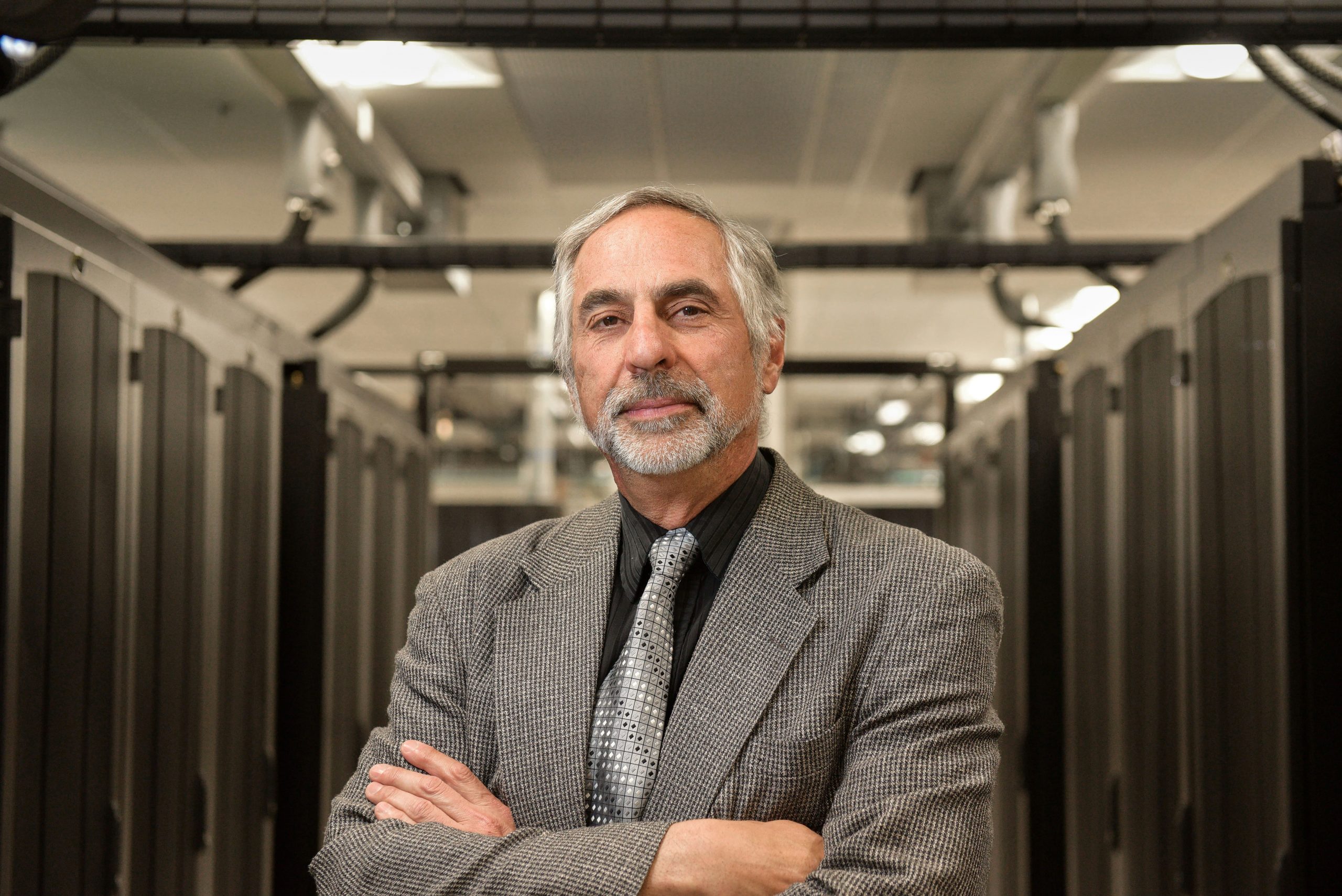ALBUQUERQUE, N.M. — Sandia National Laboratories computational scientist and mathematician John Shadid has been named a 2018 fellow of the Society for Industrial and Applied Mathematics.

Shadid’s selection by SIAM was based upon his research on solution methods for multiphysics systems, scalable parallel numerical algorithms and numerical methods for strongly coupled nonlinear partial differential equations, according to the society’s news release. Shadid is also a national laboratory professor at the University of New Mexico’s department of mathematics and statistics.
Shadid will be recognized for his achievements during SIAM’s annual meeting July 9-13, in Portland, Oregon.
Said Shadid, “It is an honor to be awarded this distinction from such an exceptional organization as SIAM with such an outstanding collection of current fellows. I also realize that the number of worthy individuals for this distinction is significantly larger than the allocated appointments, and therefore it is truly humbling as well.”
He also expressed gratitude “for the unique opportunities at Sandia during the early development of parallel computing algorithms and hardware, the strong and insightful leadership of a number of our center directors, and also for the outstanding and long-term research collaborators I have had the good fortune to work with over the years.”
Finally, he recognized the value of the sustained funding he has received from the Department of Energy Office of Science’s Advanced Scientific Computing Research Applied Mathematics Program. “Without these contributions,” he said, “this distinction would not have been possible.”
Shadid is one of 28 members selected for fellow status this year and only the fifth Sandia scientist to earn the honor. Bruce Hendrickson and Pavel Bochev in 2012, Tamara Kolda in 2015, and Cynthia Phillips in 2016 preceded him.
Shadid currently carries out research in numerical methods for multiple-time-scale nonlinear systems, temporal and spatial discretizations for partial differential equations, and scalable parallel iterative solution methods for multiphysics systems with application to computational fluid dynamics, magnetohydrodynamics and multifluid electromagnetic plasma modeling. Shadid’s technical contributions and team leadership have led to two Gordon Bell Prize finalist nominations in 1994 and 1997 for work on large-scale parallel implicit finite element reacting flows and Aztec, a parallel, sparse-matrix, iterative-solver library. He won an R&D 100 award, also in 1997, for his development of Aztec with Sandia researchers Scott Hutchinson and Ray Tuminaro, and former Sandian Lydie Prevost.
Aztec was among the very first, publicly available, parallel scalable iterative solver libraries for very large-scale sparse-matrix systems and made significant contributions to the Department of Energy’s Advanced Scientific Computing Initiative efforts, Sandia engineering and scientific application codes, as well as the broader scientific research community.
Building a human legacy as well as a technical one, Shadid has supervised and mentored 18 Sandia post-doctoral researchers, served on eight Ph.D. committees and mentored 24 graduate students.
SIAM is an international society of more than 14,000 individual, academic and corporate members from 85 countries. It seeks “to build cooperation between mathematics and the worlds of science and technology to solve real-world problems,” according to its website.